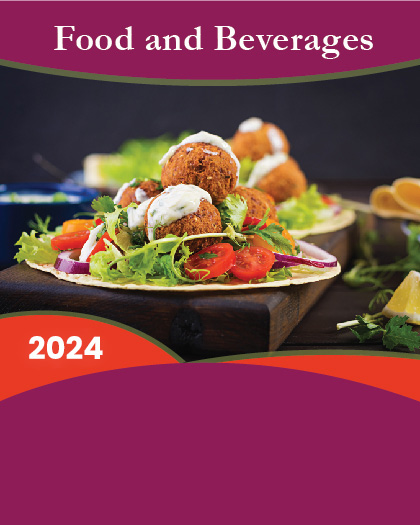
Global Food Encapsulation Market is valued approximately USD 9.21 billion in 2019 and is anticipated to grow with a healthy growth rate of more than 7.50 % over the forecast period 2019-2026. Food encapsulation is a technique of covering individual ingredient particles with a coating for protection against a broad range of environmental factors. Food encapsulation is similar to wrapping a protective shell around a core or grouping of flavour materials. It is often employed to provide uniform taste, increase shelf-life, time-release taste and smell and colouring, , improve taste and protect against harsh conditions (e.g. heat) during production of the finished product. Food encapsulation technology can reduce degradation and loss of flavour during various product processes and storage. Food encapsulation techniques also offer functional properties such as a controlled release of aromatic molecules in a given environment such as water (if flavoured tea), mouth (solid food: candy, toothpaste) and spray. The market is primarily driven by the increasing use of encapsulated flavors in the food and beverage industry and the rising adoption of microencapsulation for functional ingredients. Moreover, growing packaged food demand is expected to fuel global food encapsulation market growth. As per China Food Industry Association's internal Food Industry Summary report 2018 the food processing industry reached to USD 1.47 trillion in 2017 demonstrating an increase of 6.3% over its value from the previous year. This increase is due to the shift from eating full to eating well mentality of the Chinese citizens specially the middle-class population who chose snacks, beverages, condiments and other processed foods over traditional meals. This has increased the load on the food processing units in the country to balance the demand from exit of traditional meals. Also, according to the Agriculture and Agri-Food Canada, China has become one of the largest packaged food markets across the world. The Chinese packaged food market valued at USD 202 billion in 2013 and is expected to reach around USD 347 billion by 2018. However, Maintaining the stability of encapsulated food impedes the growth of the market over the forecast period of 2020-2026. Although, Technological advancements in controlled delivery and release systems is projected to provide lucrative opportunities for market participants.
The regional analysis of global Food Encapsulation market is considered for the key regions such as Asia Pacific, North America, Europe, Latin America and Rest of the World. Asia-pacific is the leading/significant region across the world in terms of market share owing to the large number of food processing industries in the region. Whereas, Asia-Pacific is also anticipated to exhibit highest growth rate / CAGR over the forecast period 2020-2026. Factors such as rising disposable income and rising prevalence of packaged foods would create lucrative growth prospects for the Food Encapsulation market across Asia-Pacific region.
Major market player included in this report are:
Royal FrieslandCampina N.V. (Netherlands)
Royal DSM (Netherlands)
Ingredion Incorporated (US)
Kerry Group plc (Ireland)
Cargill Incorporated (US)
LycoRed Group (Israel)
Balchem Corporation (US)
Firmenich Incorporated (Switzerland)
BASF SE (Germany)
International Flavors and Fragrances Inc. (US)
The objective of the study is to define market sizes of different segments & countries in recent years and to forecast the values to the coming eight years. The report is designed to incorporate both qualitative and quantitative aspects of the industry within each of the regions and countries involved in the study. Furthermore, the report also caters the detailed information about the crucial aspects such as driving factors & challenges which will define the future growth of the market. Additionally, the report shall also incorporate available opportunities in micro markets for stakeholders to invest along with the detailed analysis of competitive landscape and product offerings of key players. The detailed segments and sub-segment of the market are explained below:
By Core Phase:
Vitamins
Minerals
Organic Acids
Enzymes
Flavors & Essence
Sweeteners
Colors
Preservatives
Essential Oils
Pro-biotic
Pre-biotic
Others
By Shell Material:
Hydrocolloids
Melts
Polymers
Lipids
Others
By Technology:
Micro encapsulation
Macro encapsulation
Nano encapsulation
Hybrid Technologies
By Region:
North America
U.S.
Canada
Europe
UK
Germany
Asia Pacific
China
India
Japan
Latin America
Brazil
Mexico
Rest of the World
Furthermore, years considered for the study are as follows:
Historical year - 2016, 2017, 2018
Base year - 20198
Forecast period - 2020 to 2026
Target Audience of the Global Food Encapsulation Market in Market Study:
Key Consulting Companies & Advisors
Large, medium-sized, and small enterprises
Venture capitalists
Value-Added Resellers (VARs)
Third-party knowledge providers
Investment bankers
Investors
























